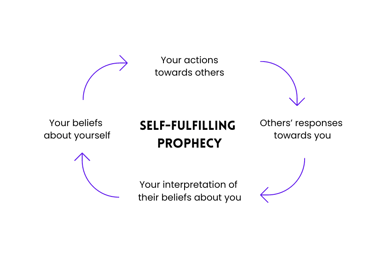The Still Face Experiment


In the 1970s Edward Tronick, an American Psychologist, ran his iconic Still Face experiments, showing with crystal clarity the distress that babies feel when their need for attachment is not met.
In this experiment the parent begins by interacting normally with the baby, then they suddenly cease to engage and just meet the baby with an expressionless gaze. The baby makes repeated bids for attention and connection but these are ignored, and there is a clear moment where curiosity shifts to distress, and the baby begins to act out emotionally.
This video is a poignant illustration of the importance of a secure attachment to a baby's wellbeing, and it offers an insight to where our patterns of emotional coping mechanisms first form. Watch the video below, and read on.
As you can see, this experiment only lasts a short time, the mother "returns" to the baby, they re-connect and the rupture is soothed. Such ruptures are normal, parents cannot give their baby their undivided attention all the time, and the process of rupture and repair can build resilience and an internal sense of safety and trust.
However, you can well imagine what it would be like for a baby who experiences such ruptures repeatedly but without the benefit of the soothing repair, Parents that are stressed, struggling with their mental health, and unknowingly re-enacting their own childhood attachment wounds, may not have the emotional capacity to properly meet their child's attachment needs.
If the "still face" were to persist and to be a regular feature, the baby would respond and develop along one of two ways:
The baby becomes increasingly distressed, with their emotional state escalating to a point that the parent can no longer ignore, and they give the baby attention. It might not be "good" attention, they might receive a scolding, but any attention is better than no attention, as being ignored equates to abandonment, and in instinctual survival terms at least, abandonment means death.
This would reinforce the message that heightened emotional states get your needs met and ensures survival, creating neural circuits that are primed to follow this pattern of activation. Over time, these circuits receive further reinforcement and become more and more entrenched as a habitual coping style.
As the child matures into adulthood they will have a nervous system that is easily triggered into rising anxiety and states of panic. Such people tend to feel insecure in their relationships and fear abandonment, and in their drive to ensure closeness and proximity they are compelled to act out in ways that only serves to push people away. They might come down from these states and feel remorse, regret, and a desire to change, but they find that the same patterns play out time and time again.
Alternatively, the baby might receive reinforcement, either through their parents' approval or through their own natural self-soothing endorphins, for shutting down emotionally and ceasing their bids for connection.
While obviously babies can't encode meaning at this level, it lays the blueprint for the belief that the world is an uncaring place with no comfort to be found, and it is better to numb and self-soothe than to reach out to others for support. Beliefs like this have a way of proving themselves right over time as self-fulfilling prophecy, as they impact on our behaviour, expectations, and how we interpret or make meaning of events, so again this style of coping becomes more and more reinforced and entrenched over time.
As adults they may have a chronic pattern of low mood and flat affect, frequently feeling disconnected from their body and emotions. They may experience ongoing depression, and may have a core belief that their needs are an inconvenience to others and they can only really rely on themselves.


We will explore core beliefs in more depth in subsequent posts, but it's important to note that they, along with our habitual patterns of emotional response, initially developed as they served as vital coping mechanisms. They helped us to get our needs met and survive one way or another, and while as adults they may feel incredibly unhelpful and even destructive, I think it's important to honour rather than shame them. Shame only serves to keep us trapped in our patterns, whereas insight, acceptance, and gratitude are much more conducive to healing and growth.
In the next post we will discuss the different states of the nervous system in more detail. This is really helpful to know about, as if you can understand what is going on internally then you can intentionally use strategies to centre yourself, so you can process your emotions and respond to situations more calming and effectively, instead of just re-enacting old wounds and patterns.